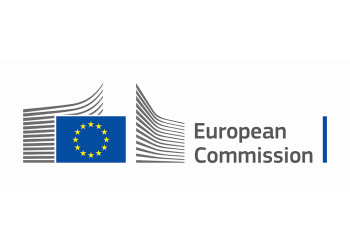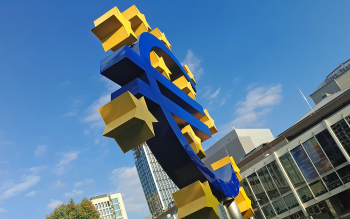-
About
- News | Events | Jobs
- Ecosystem
- Projects
- Funding
- Media
For the first time, physicists of Kastler Brossel Laboratory have been able to use light to trap giant atoms, so-called circular Rydberg atoms. This work will push the limits of currently developed quantum technologies that use these atoms of remarkable properties.
Rydberg atoms have proved particularly useful in the development of current quantum technologies. These giant atoms, almost as large as bacteria, show remarkable properties. Their strong mutual interactions and their strong coupling to electromagnetic fields make them well suited to the realization of highly-sensitive field probes, quantum simulators or even quantum computers. Moreover, atoms excited to Rydberg levels live very long, few hundreds of microseconds versus few tens of nanoseconds only for weakly excited atoms. In this respect, circular Rydberg atoms, for which the valence electron follows a circular orbit around the nucleus, are exceptional. Their lifetimes reach several tens of milliseconds.
However, these experiments have been up to now limited by the fact that Rydberg atoms are not trapped. The experiment’s timescale is then limited to a few microseconds only by the motion of the atoms, atoms that for instance repel each other when they interact. The Cavity Quantum Electrodynamics team of LKB has been able for the first time to keep circular Rydberg atoms inside a light beam, in a work published in Physical Review Letters. Atoms are excited inside a light ring, or Laguerre-Gauss beam, from which they cannot escape. The LKB team has been able to trap the atoms over ten milliseconds and to observe the oscillations of the atoms in the light ring.
This work will allow scientists to push the limit of current Rydberg-based experiments, paving the way to greatly enhanced sensitivity of field probes or to quantum simulations of slow phenomena, such as quantum thermalization.
The study has been conducted with funding from the Quantum Flagship's PASQuans project.

Caption: Circular Rydberg atoms are trapped in a hollow laser light tube (artistic view). Image credit: Clément SAYRIN/Laboratoire Kastler Brossel, ENS, SU, CNRS.



